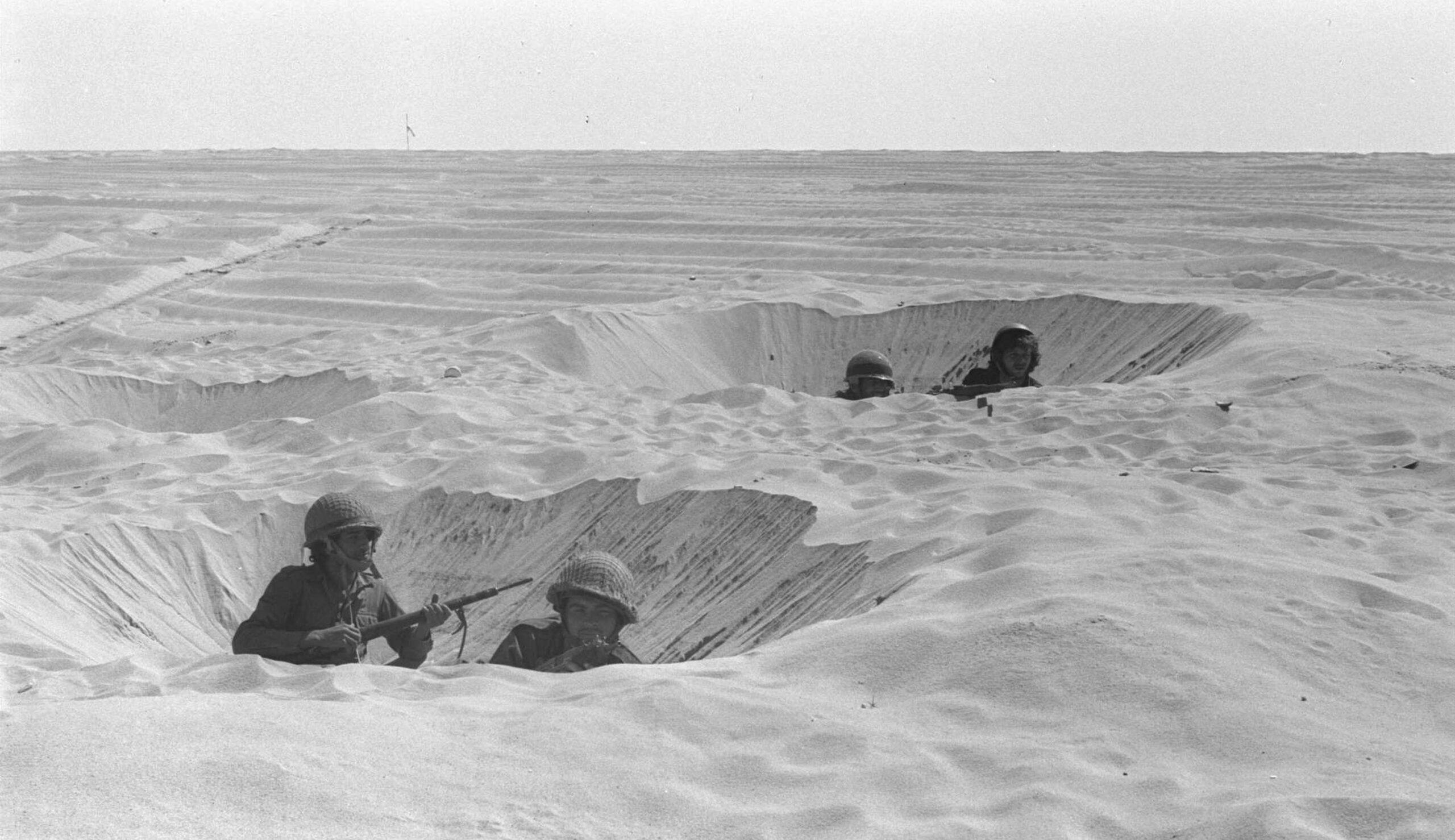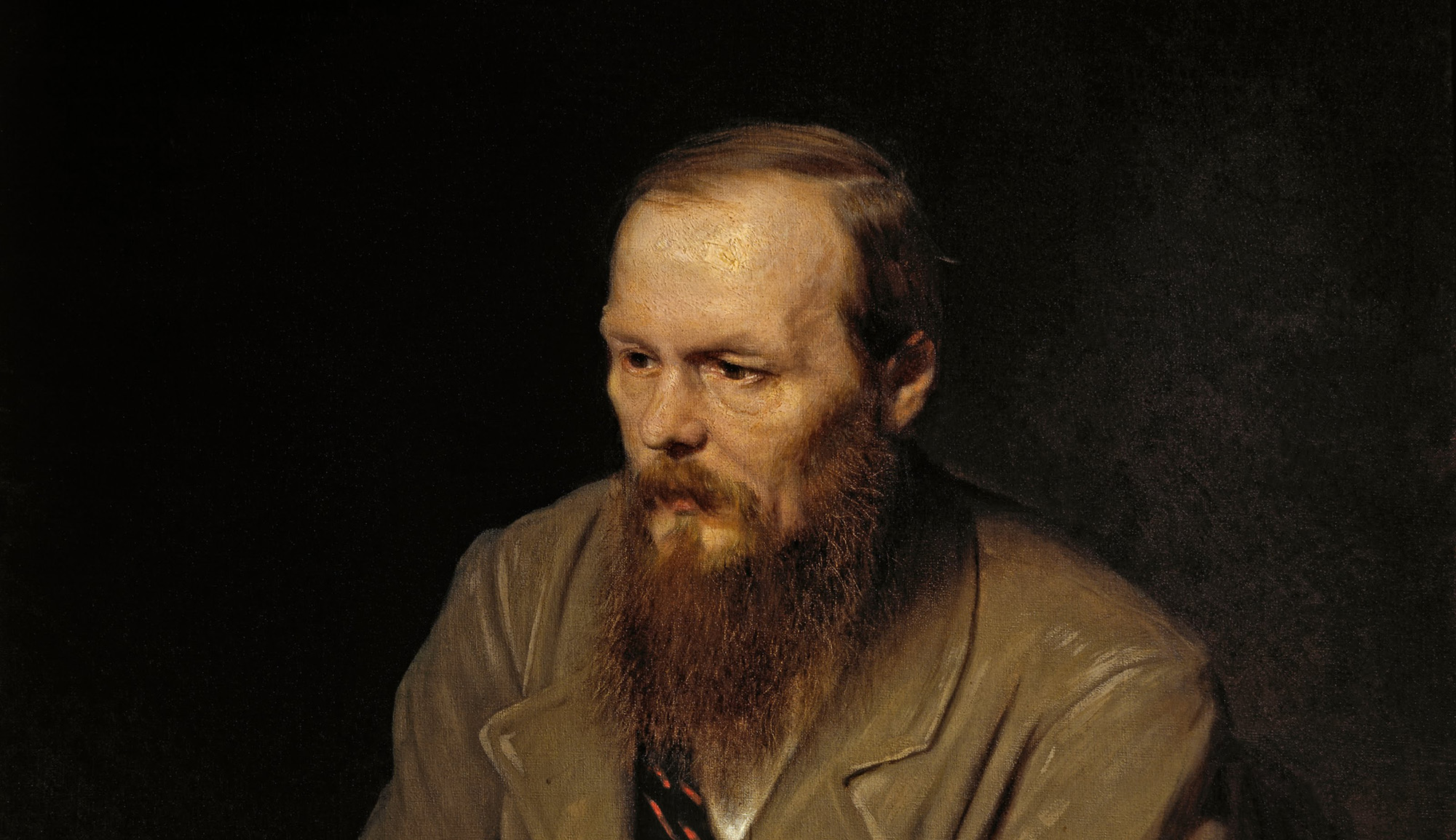In the early decades of the 20th century, the Yiddish theaters of New York’s Lower East Side were the great cultural center of immigrant Jewish life, and would eventually leave their mark on Broadway and even Hollywood. At the same, time the Yiddish stage flourished in Poland, the Soviet Union, and elsewhere, playing a crucial role in the birth of Hebrew theater. The phenomenon began when Abraham Goldfaden (1840-1908), a Russian Jew enamored with Russian-language opera and theater, received a letter from a Romanian coreligionist named Isaac Librescu. Alyssa Quint writes:
In his letter, Librescu invited Goldfaden to visit him in Iași, Romania, where Librescu belonged to a fraternal lodge of progressive-minded Jewish men that sought stronger connections with their more sophisticated Russian counterparts. Hard up for cash, Goldfaden went to Iași and entertained the men with lectures and formal declamations of his poetry. So impressed were they with his presentations that they convinced him to perform his poetry at Shimon Mark’s Café, a tavern that provided small-time Yiddish-language entertainment to its customers. Although embarrassed at the thought of performing in a tavern, Goldfaden agreed.
As he describes in his memoirs, Goldfaden dressed impeccably that night in a tuxedo, bowtie, and gloves, and recited a poem in the formal Russian declamatory style. The crowd promptly booed. Insulted and incensed by what he considered a boorish audience, Goldfaden left the stage. In his place, an entertainer of Yiddish skits and songs named Yisroel Grodner danced onto the stage dressed in ḥasidic garb. He sang a song composed by Goldfaden. The crowd loved it.
That evening, Goldfaden and Grodner began a collaboration in which Goldfaden wrote songs and dialogue, and Grodner performed them. From this, they grew into a troupe. . . . Over the following months, they added more performers, mostly former synagogue choristers or folk performers. With each new recruit, Goldfaden’s works became more elaborate.
The rest, as the saying goes, is history. And Goldfaden’s work attracted surprisingly diverse audiences:
Most seats at most Yiddish productions staged in city opera houses during this period, however, were filled by non-Jews. How can this be? Yiddish theater benefited from the wide-ranging tastes of non-Jewish Russian theatergoers, which had long included a diet of works in foreign languages. The Yiddish language was as incomprehensible as German or Italian to most Russian theatergoers. Moreover, the ethnic elements of Goldfaden’s theatrical productions, whether it was the hapless Ḥasid or the judicious modern Jew, played to the expectations of Russia’s theater audiences. In January 1880, Goldfaden negotiated a contract to stage Yiddish operetta at Odessa’s majestic Mariinsky Theatre twice a week. After only five years, he had finally arrived.
More about: East European Jewry, Odessa, Romania, Yiddish theater


